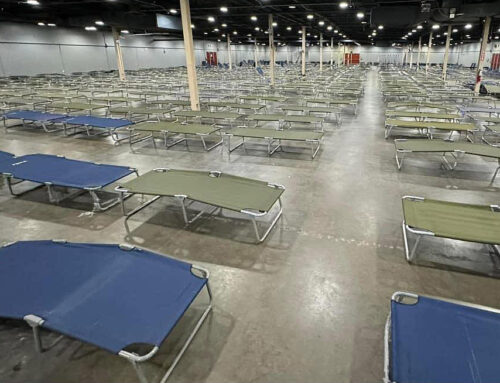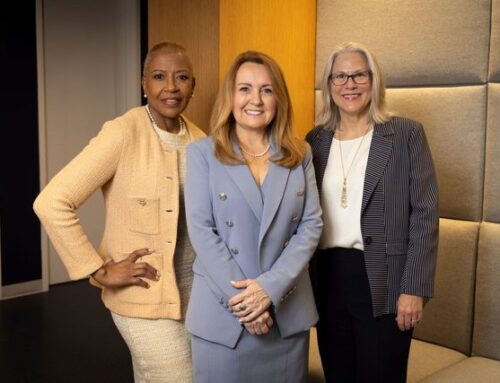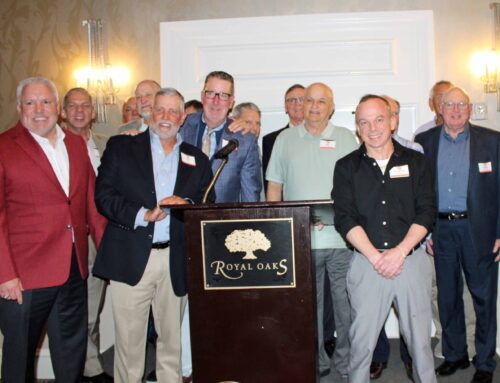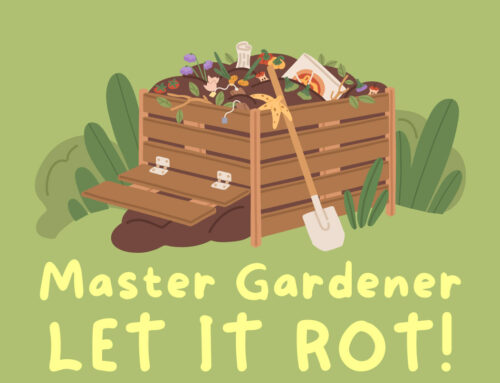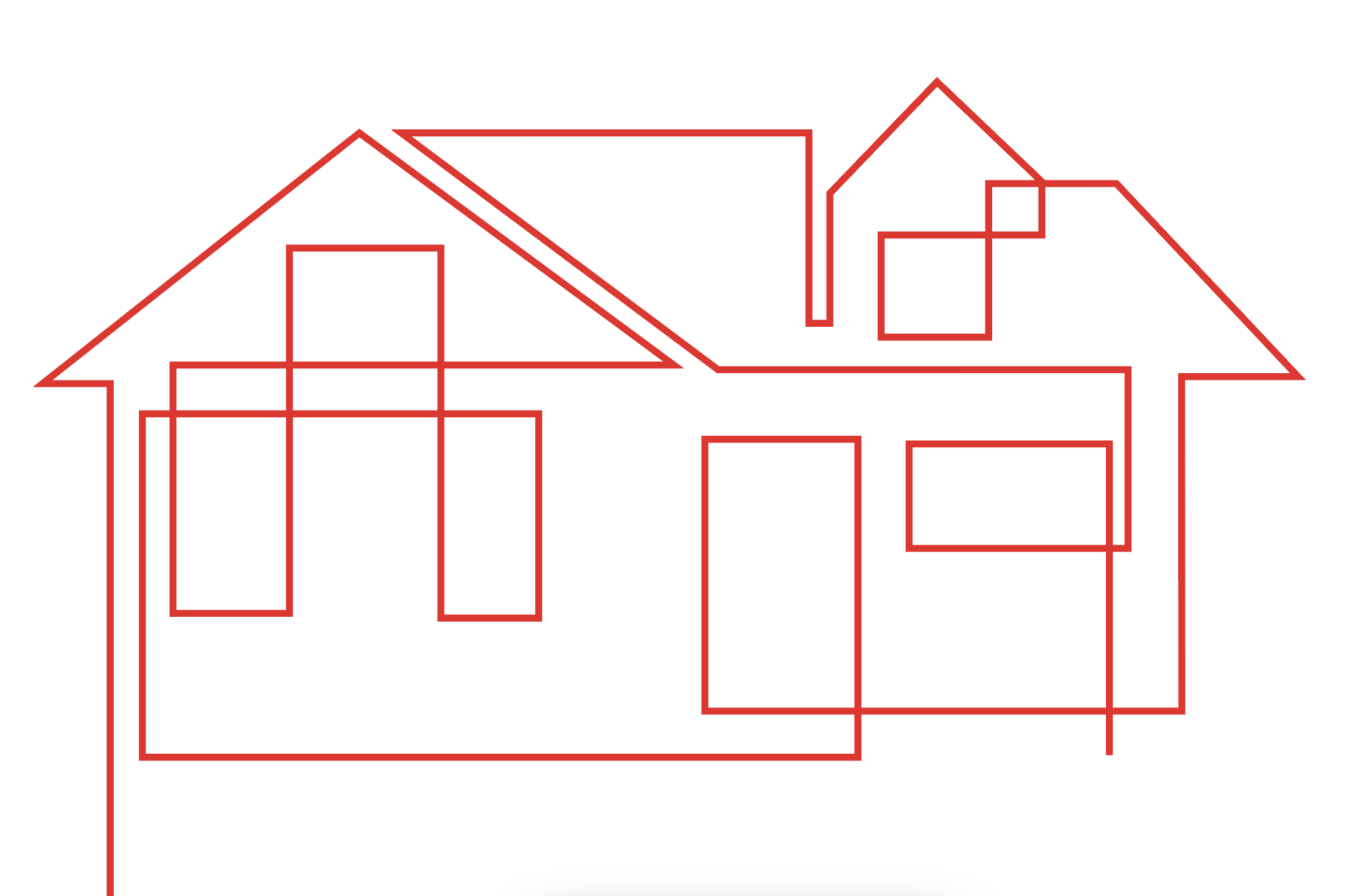
Mark Holmes and his wife were thinking about starting a family in the early 2000s, when they were living in Hollywood Heights in East Dallas.
They knew they wanted to be in an affordable area with more space and good schools for their children.
Holmes’ brother, a Realtor, suggested they consider Lake Highlands. They found a ranch-style home in White Rock Valley — a common style in that neighborhood — and moved there in 2005, paying about $103 per square foot.
Properties in the neighborhood today are listed with a price-per-square-foot value double or triple that, but it isn’t discouraging people from buying.
“We’ve seen that, whether it’s through mortgages, whether it’s through personal assets, whatever it is, people are willing to pay a lot of money — what I would suspect — to live in Lake Highlands,” he says.
In White Rock Valley and throughout the area, single-story, ranch-style homes like Holmes’ are being torn down and rebuilt, or they’re being gutted and remodeled.
It’s making Lake Highlands, once a place that attracted families with large lots available at an affordable price, more expensive.
The median home sale price for properties in the 75238 ZIP code was about $390,000 in January 2018, according to Redfin. In January 2022, that number had jumped to $465,000.
For the 75231 ZIP code, the change is less extreme. The median home sale price increased from about $145,000 in January 2018 to about $170,000 in January of this year.
The prices for 75243 were somewhere in the middle. In that ZIP code, the median home sale price was about $272,000 in January 2022, up from $235,000 in January 2018.
More substantial changes have happened just during this year. In the 75238 ZIP code, the median home sale price increased by $180,000 from January to July. In the 75231 area over the same time, it increased by about $55,000. And in the 75243 area, the price jumped by more than $37,000.
But the way Holmes sees it, this general increase in property values isn’t pricing out existing residents. Rather, it’s a result of peoples’ tastes. They may not want a smaller, single-story home. Instead, they might opt for a larger, modern, two-story home with an open floor plan. They’re paying more to get what they want, and it’s changing the look of the neighborhood.
Sometimes, when homeowners move into an area and begin building more expensive homes, it causes displacement of existing, often lower-income residents. But Holmes says that isn’t the case here.
“I don’t think you could ever consider parts of Lake Highlands, these neighborhoods that you’re seeing these rebuilds and remodeling going on, as necessarily poor,” he says. “I just think you’ve seen the tastes in housing change, and what people have to pay to get the type of house they want in the neighborhood they want.”
The trend of rising property values doesn’t mean there aren’t still affordable housing options in Lake Highlands. The northern part of our neighborhood has, at last count, about 17,000 apartment units housing a variety of income levels.
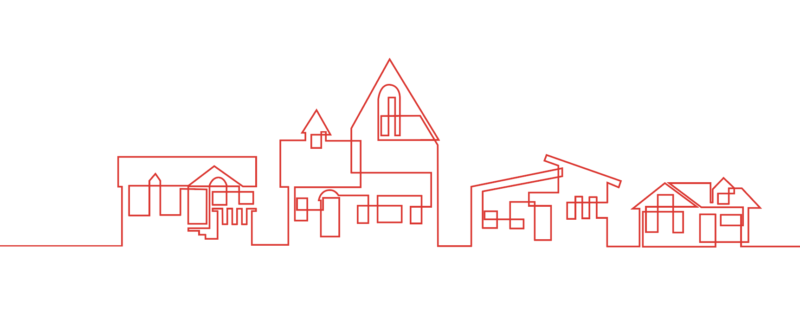
Vickery Meadow has many apartment complexes, many of them inhabited by refugees, that have availability for low-income residents. And unlike other parts of Dallas where there are affordable housing options — such as South Dallas — Lake Highlands offers residents easy access to schools, grocery stores, public transportation and businesses.
Refugee Services of Texas is one organization that helps refugees find housing and other basics required for living in the United States. Pre-arrival housing coordinator Karimah Hernandez says it can be difficult to find apartments willing to house refugees. A lack of awareness of the barriers refugees face (many of them lack photo identification and a Social Security number), safety and affordability are a few issues Hernandez deals with when locating housing for families.
When Hernandez and her family moved from New York to Dallas eight years ago, they paid $850 per month for a three-bedroom apartment, she says. Just recently, Hernandez found a one-bedroom unit in the same complex for a refugee; he pays $1,200 per month.
The problem with some cheaper apartments is that landlords might take advantage of low-income tenants. Maintenance requests are ignored. Buildings are left in disrepair and become unsafe. In some cases, the City of Dallas has gotten involved, including through lawsuits.
“I’d rather put a refugee somewhere where I’m paying an extra $300, and I know they can sleep safely at night without hearing any gunshots, as opposed to somewhere that’s a tad bit on the sketchier side but more affordable,” Hernandez says.
Though affordable housing in our neighborhood exists, the amount has decreased over time. One apartment complex was torn down in 2008 to make way for Lake Highlands Town Center. Today, there are a couple apartment buildings around the shopping center, but at one property, a one-bedroom starts at $1,400 per month, according to the apartment’s website.
Another example is the Timbercreek Apartments. Built in the 1970s, the residences were located on 44 acres at Northwest Highway and Skillman Street. Trammell Crow Co. bought the property in 2005, and in 2006, the Dallas City Council voted to rezone the property. The hundreds of families who lived there were forced to leave, the apartments were razed, and now the area is home to a Walmart and Sam’s Club, among other retailers.
“The housing partnerships that I try to build, I want them to be sustainable long-term. With housing prices recently, it’s been a little bit of a challenge,” Hernandez says. “But there are still those properties out there that are more than willing to work with us.”

